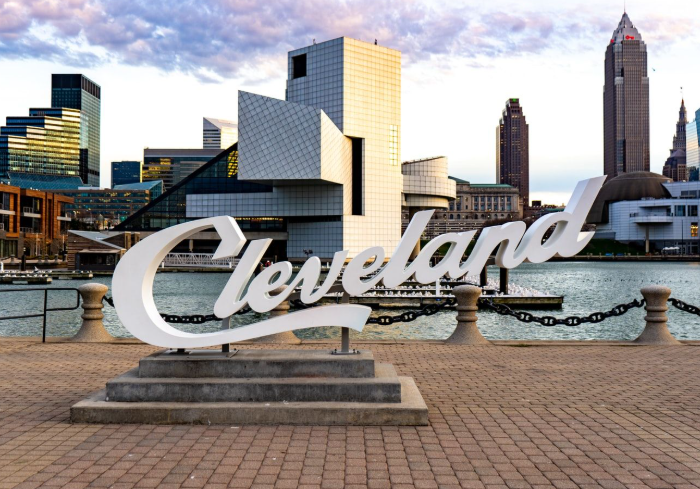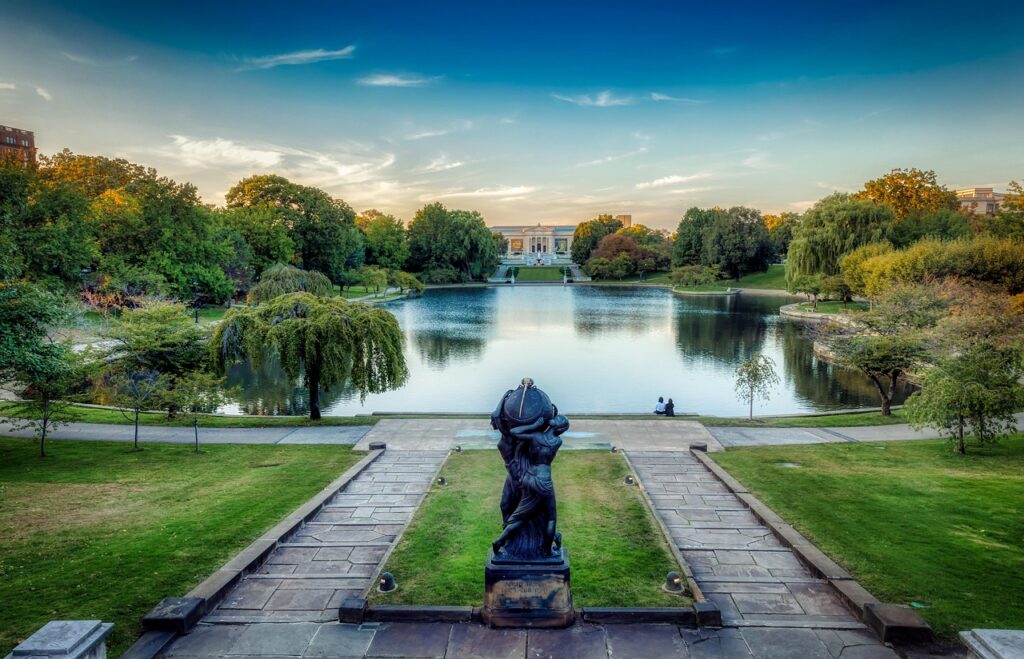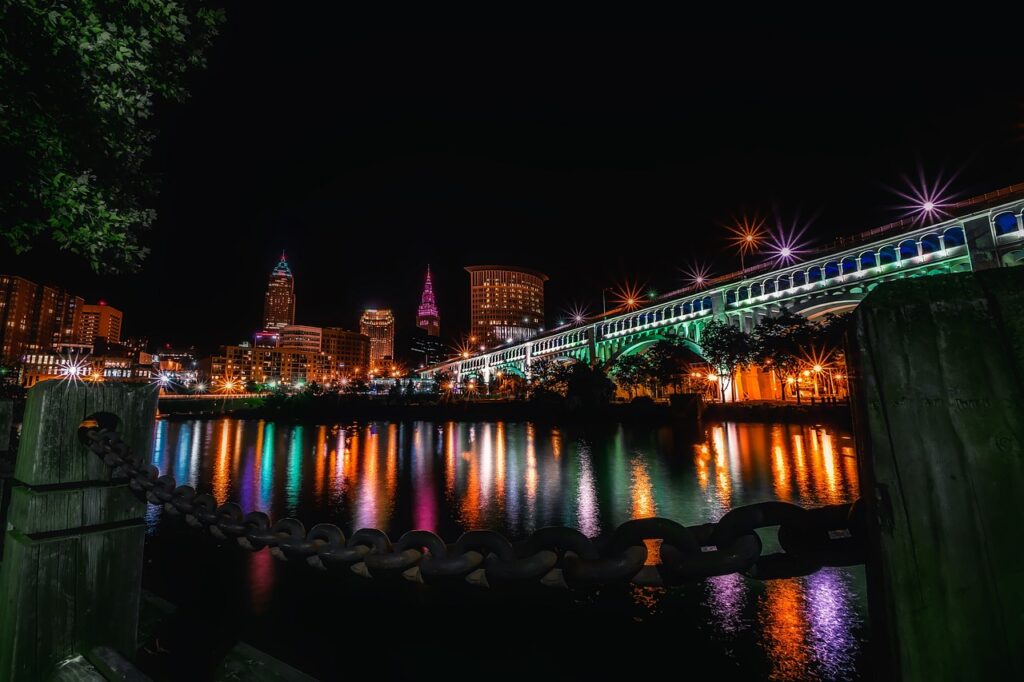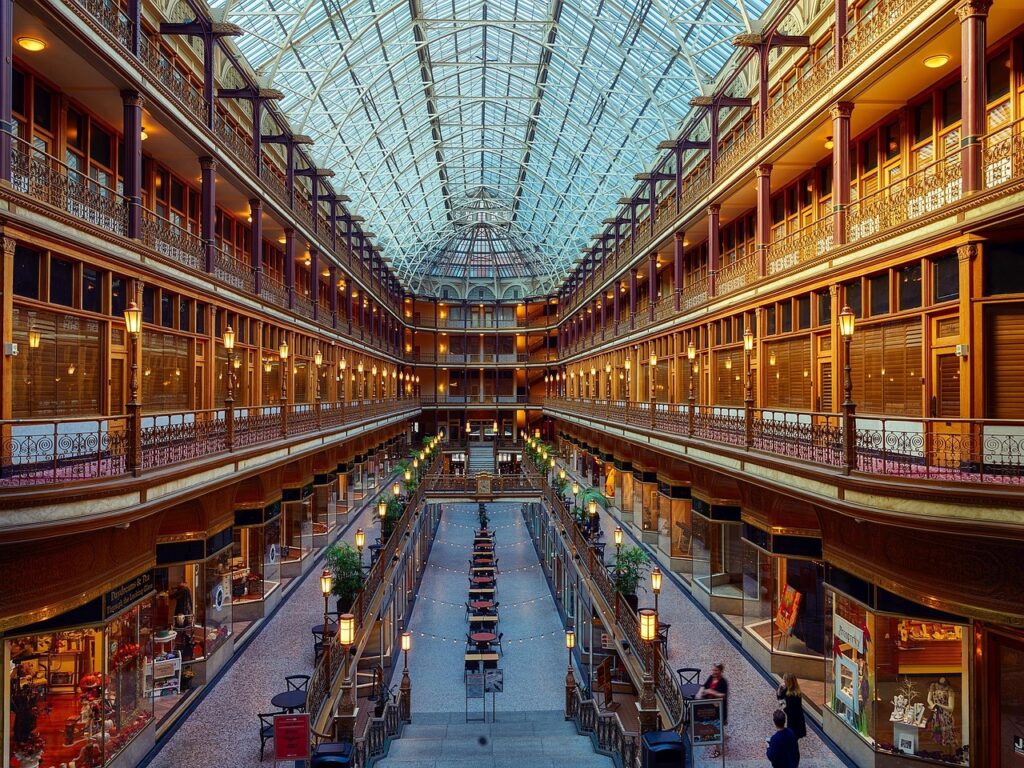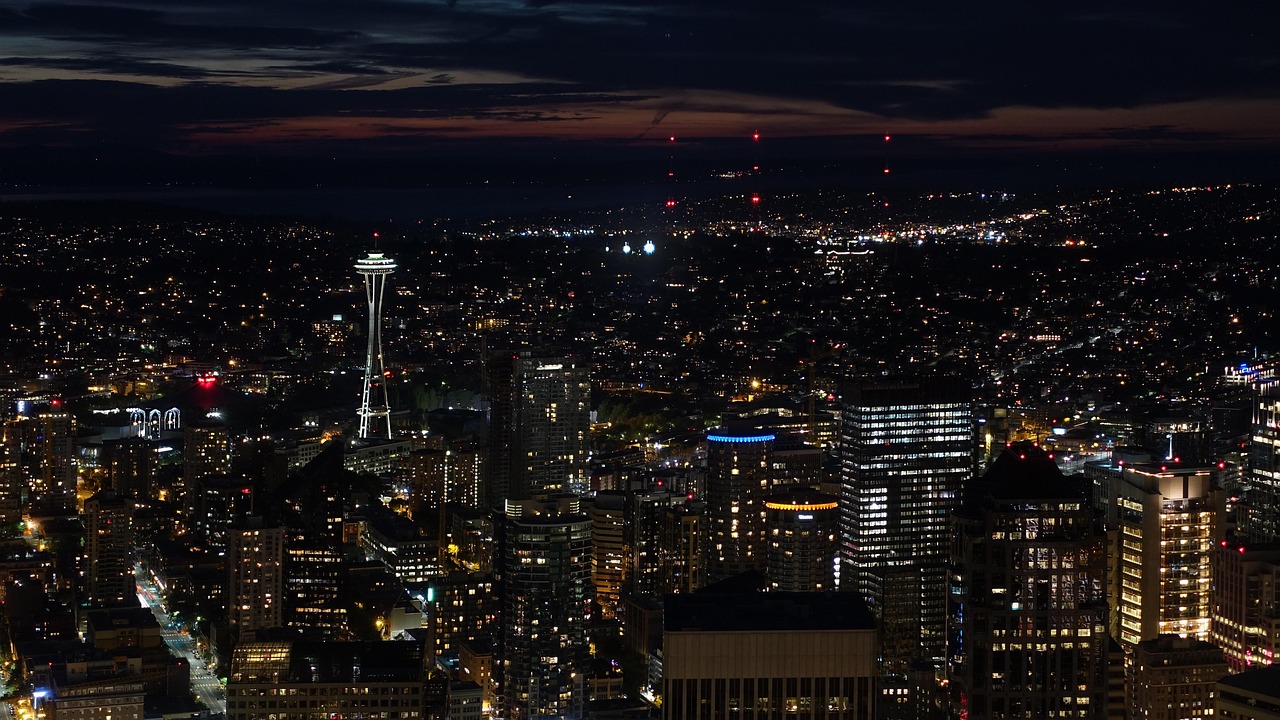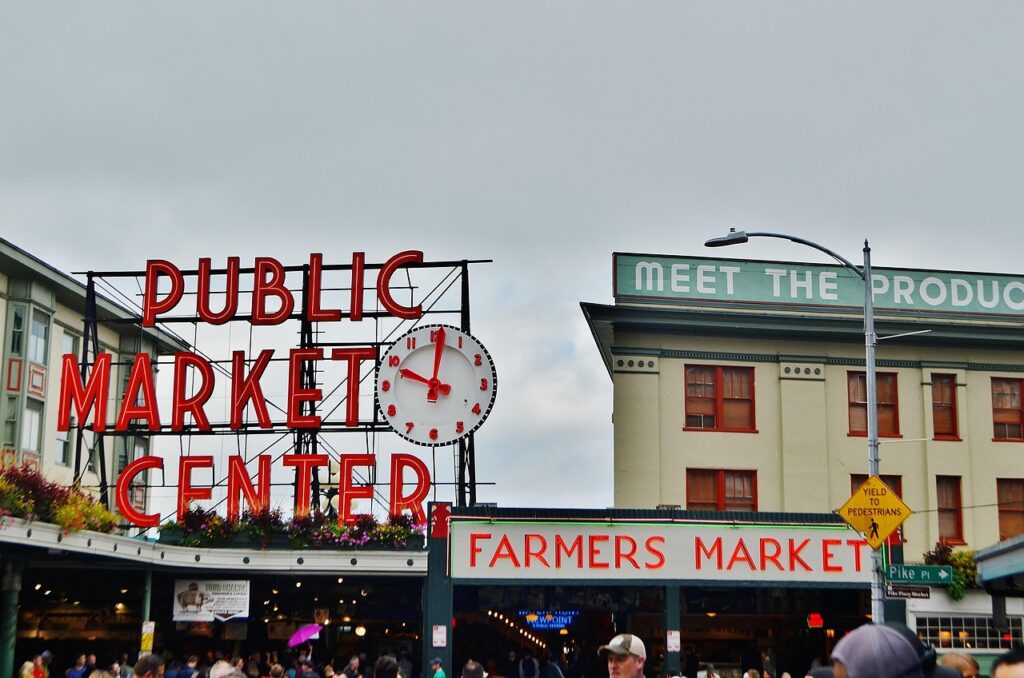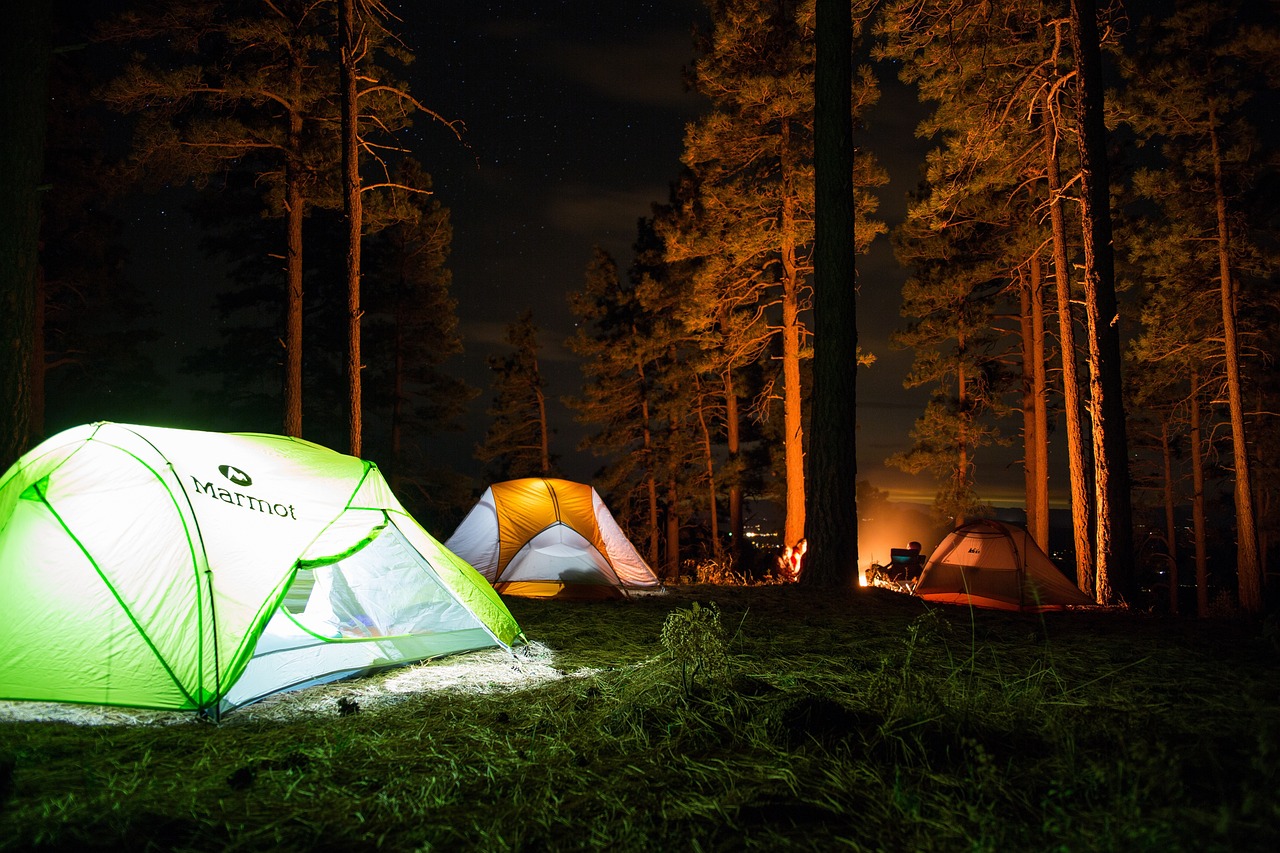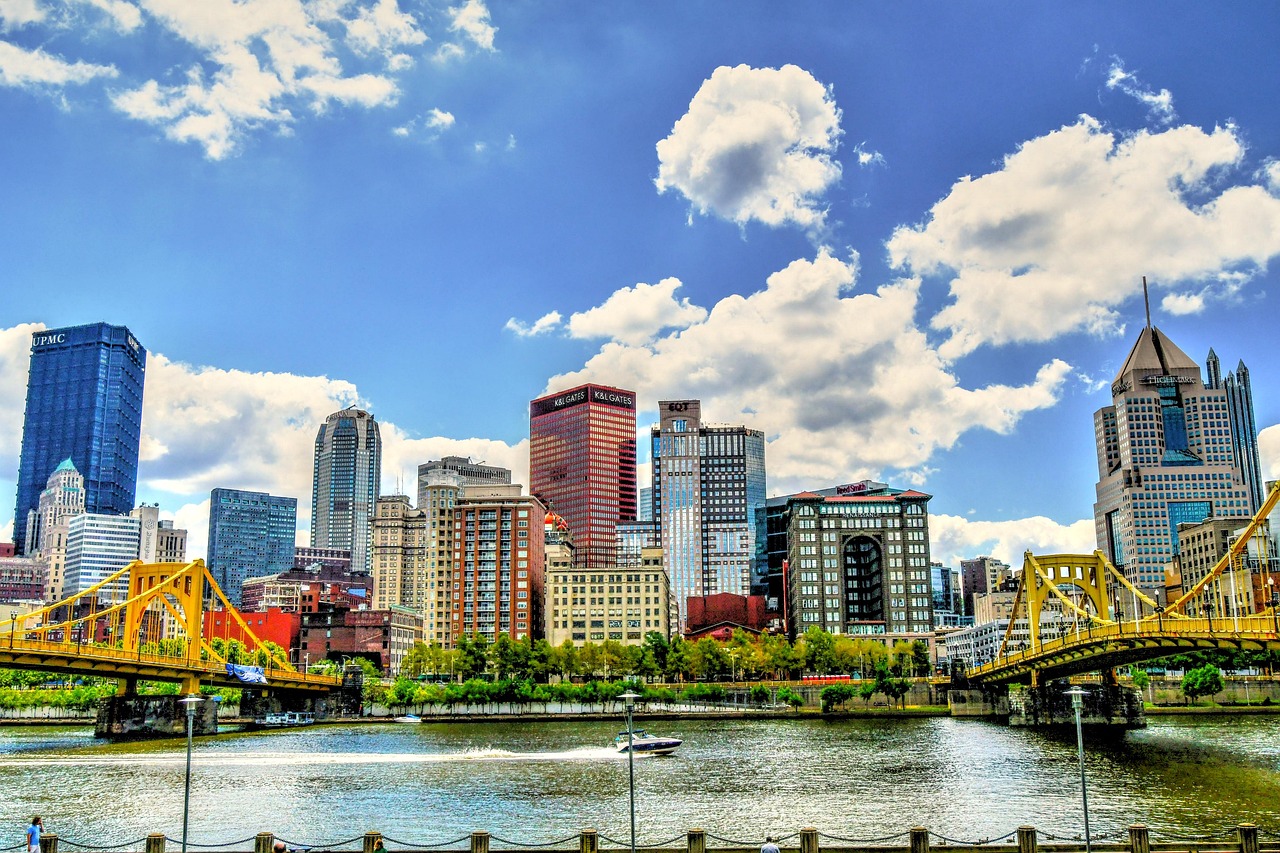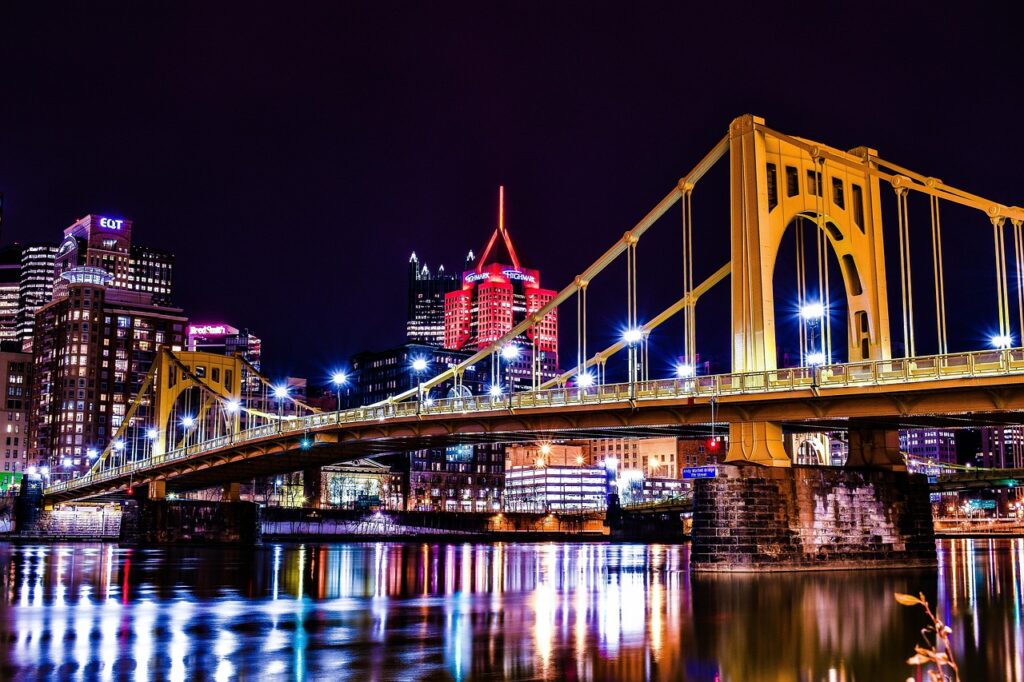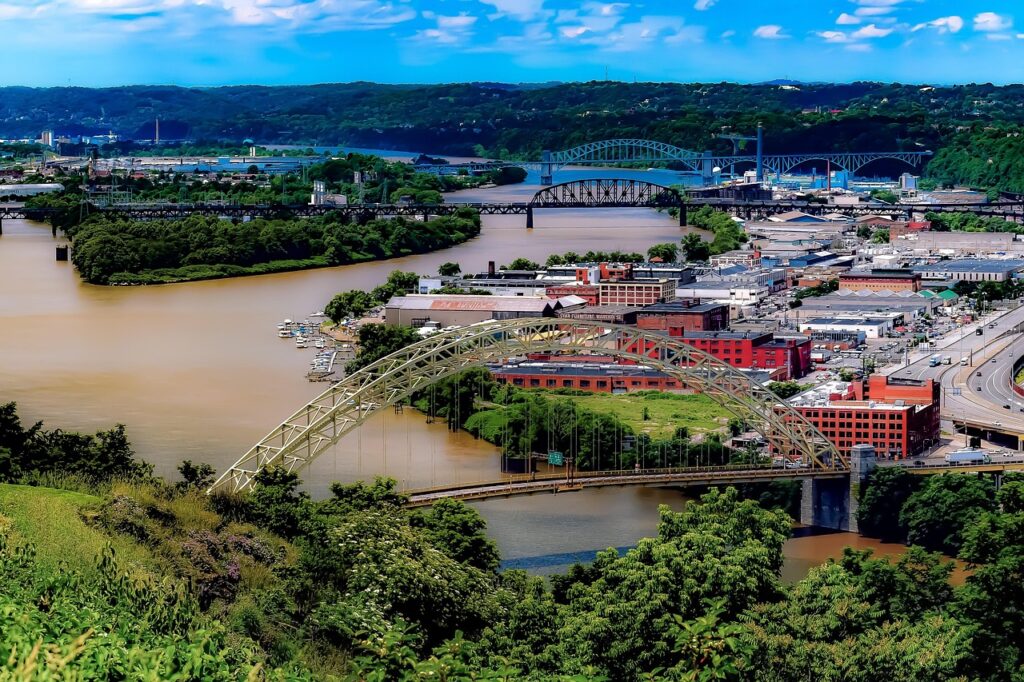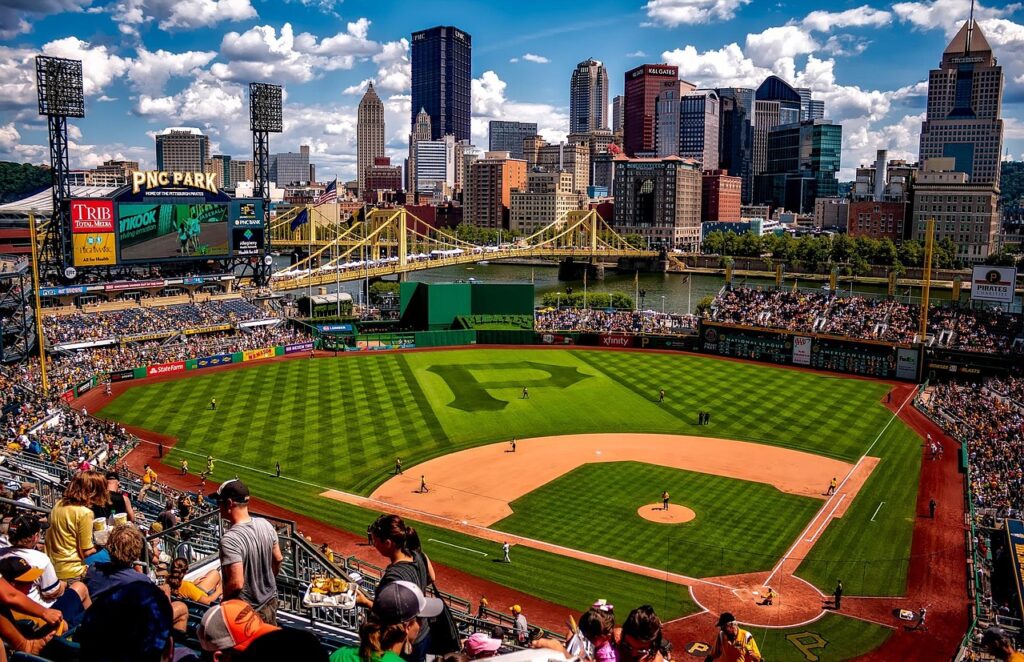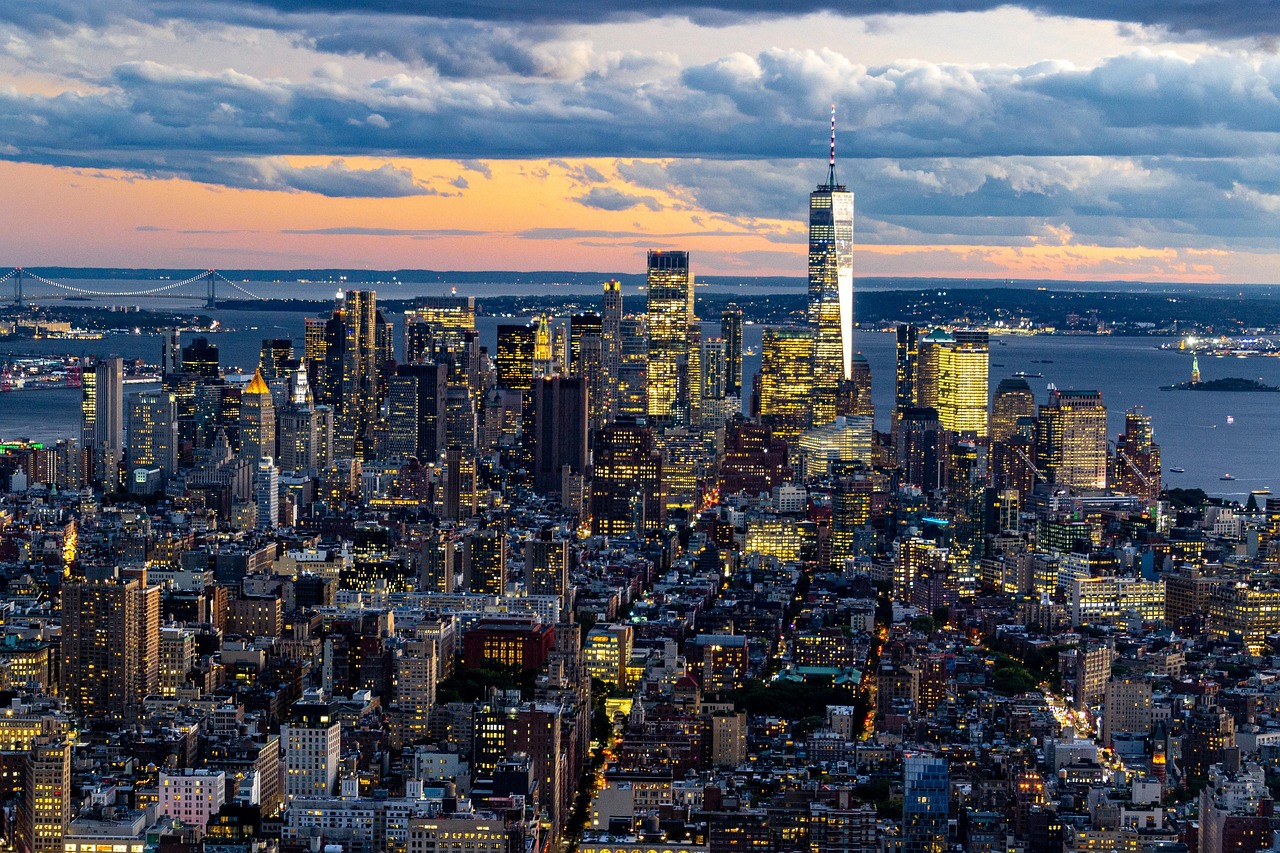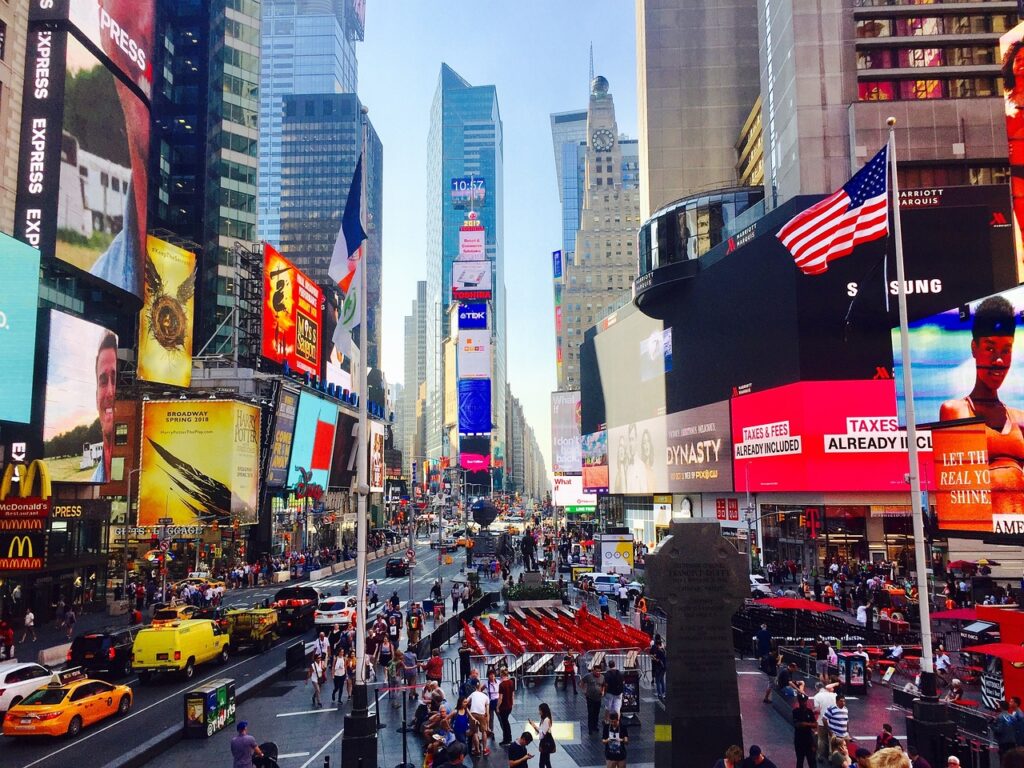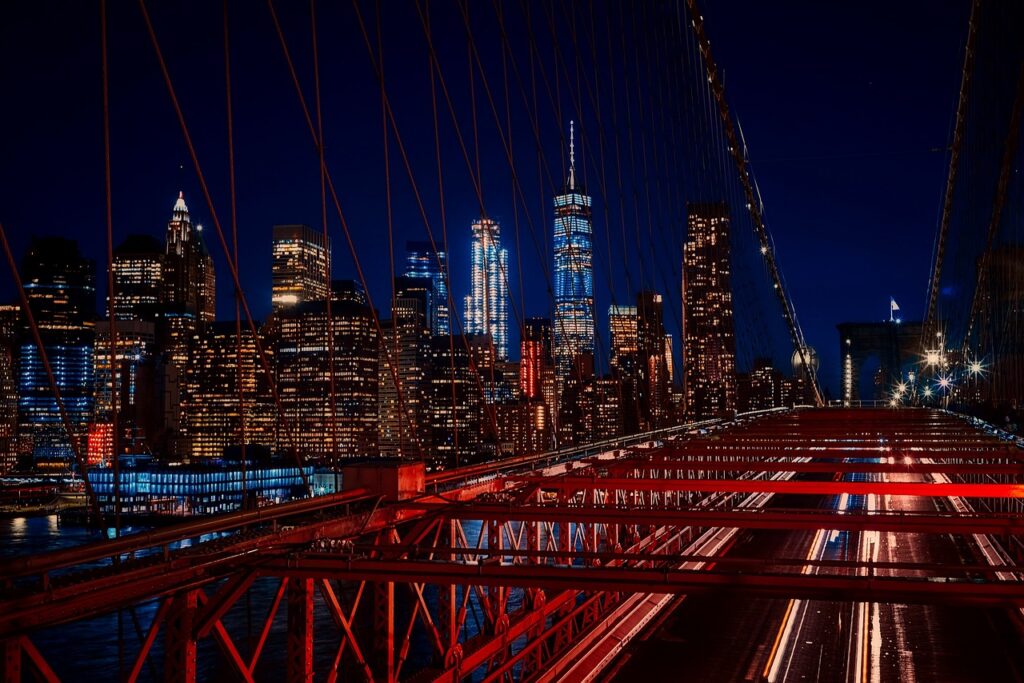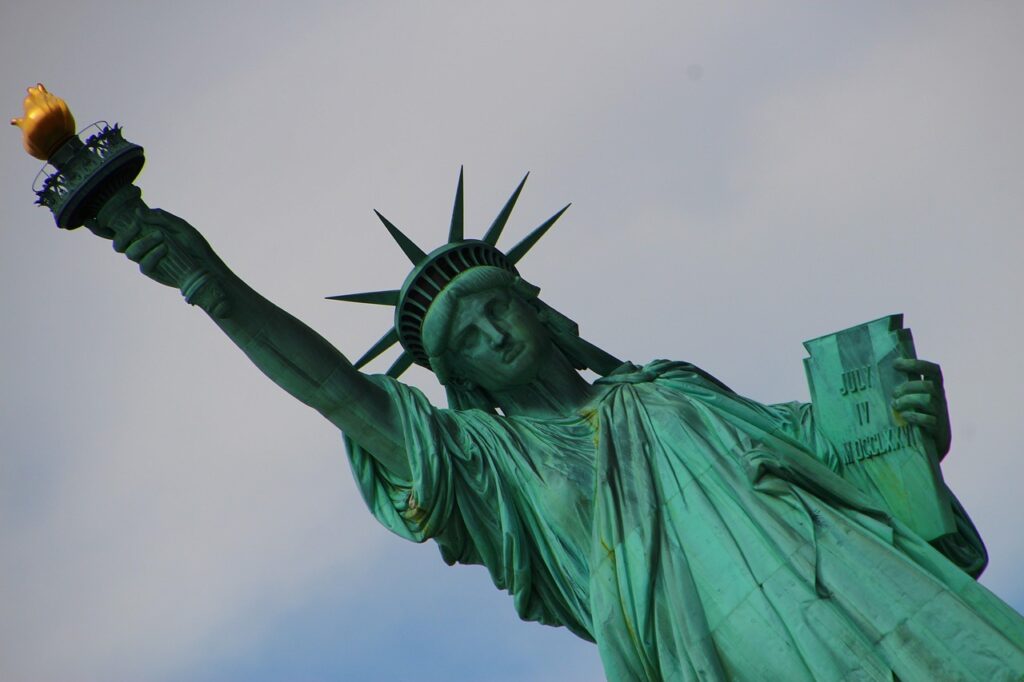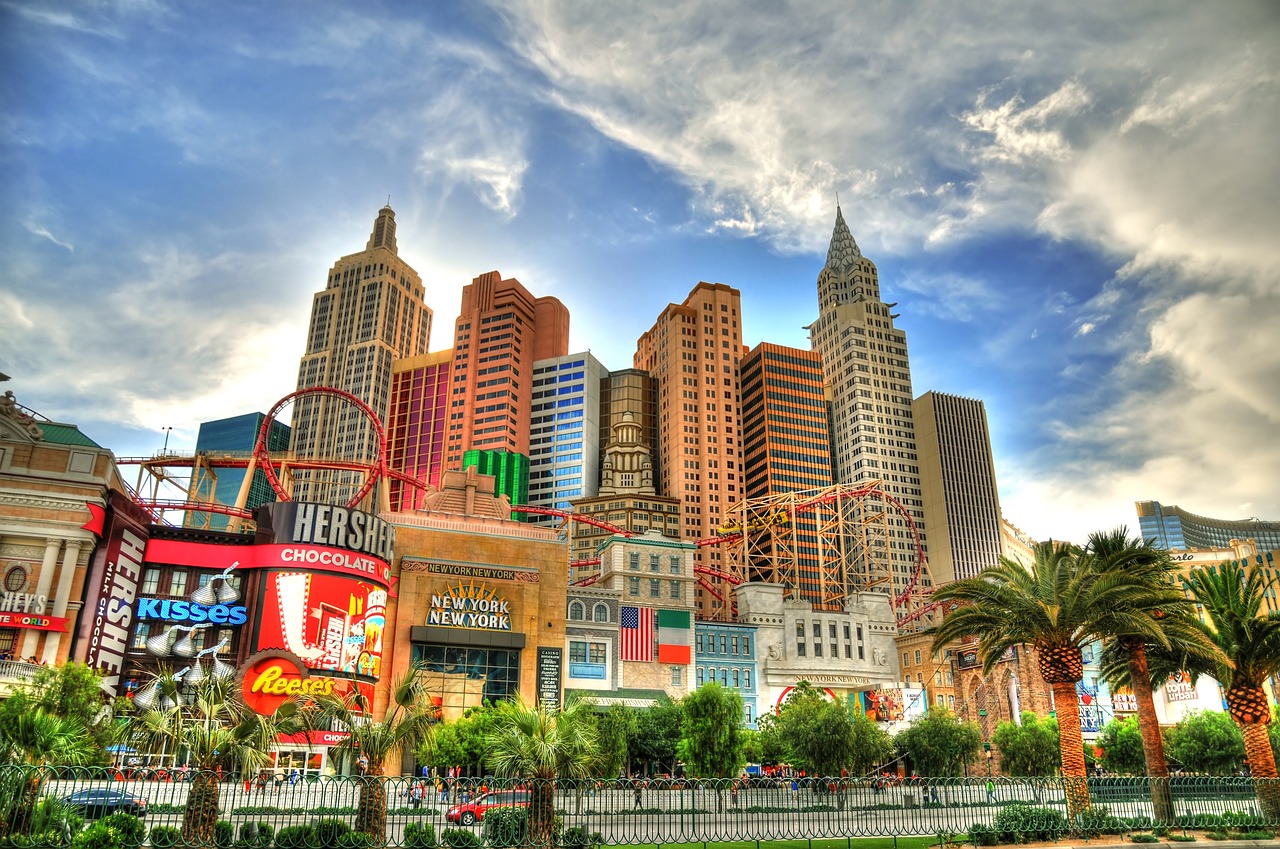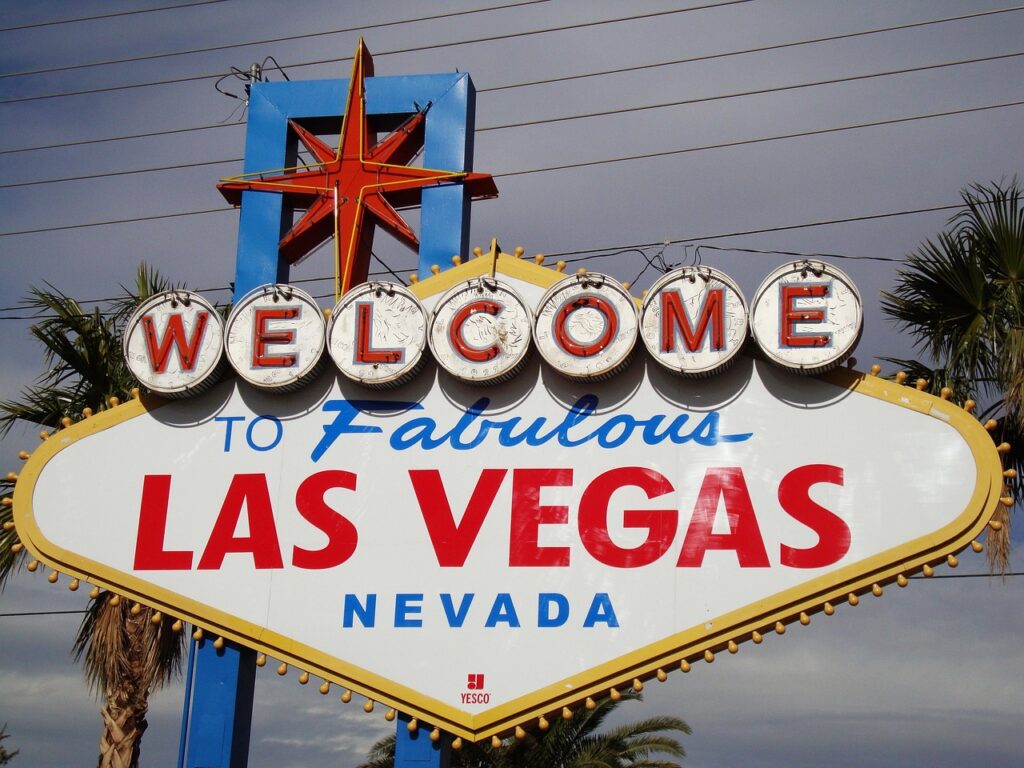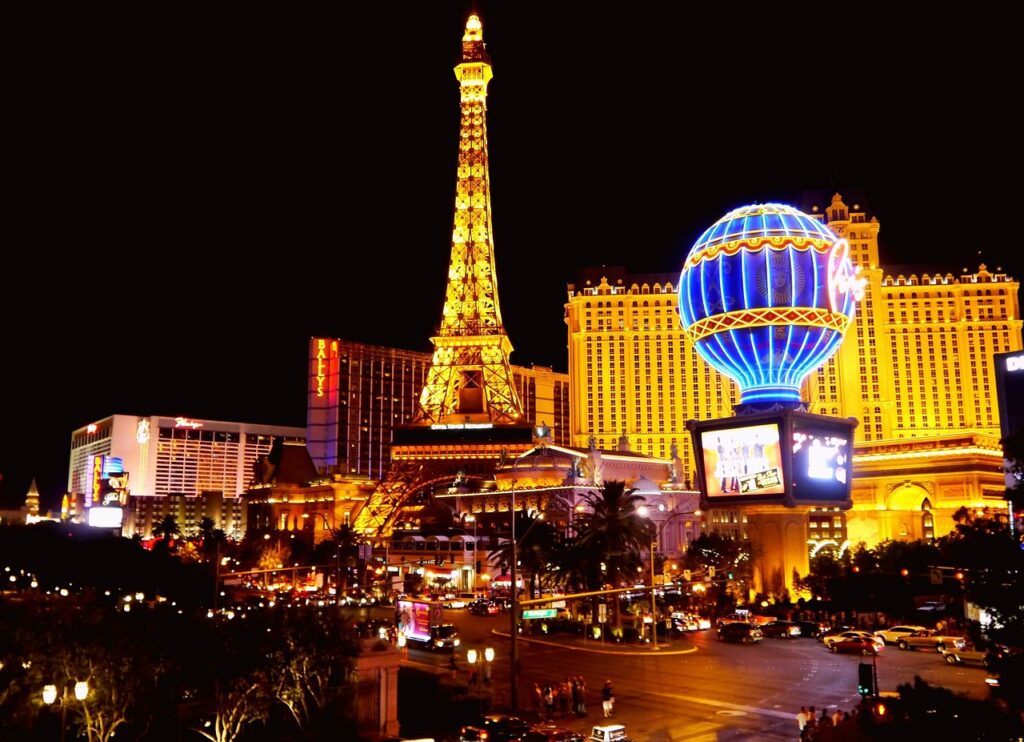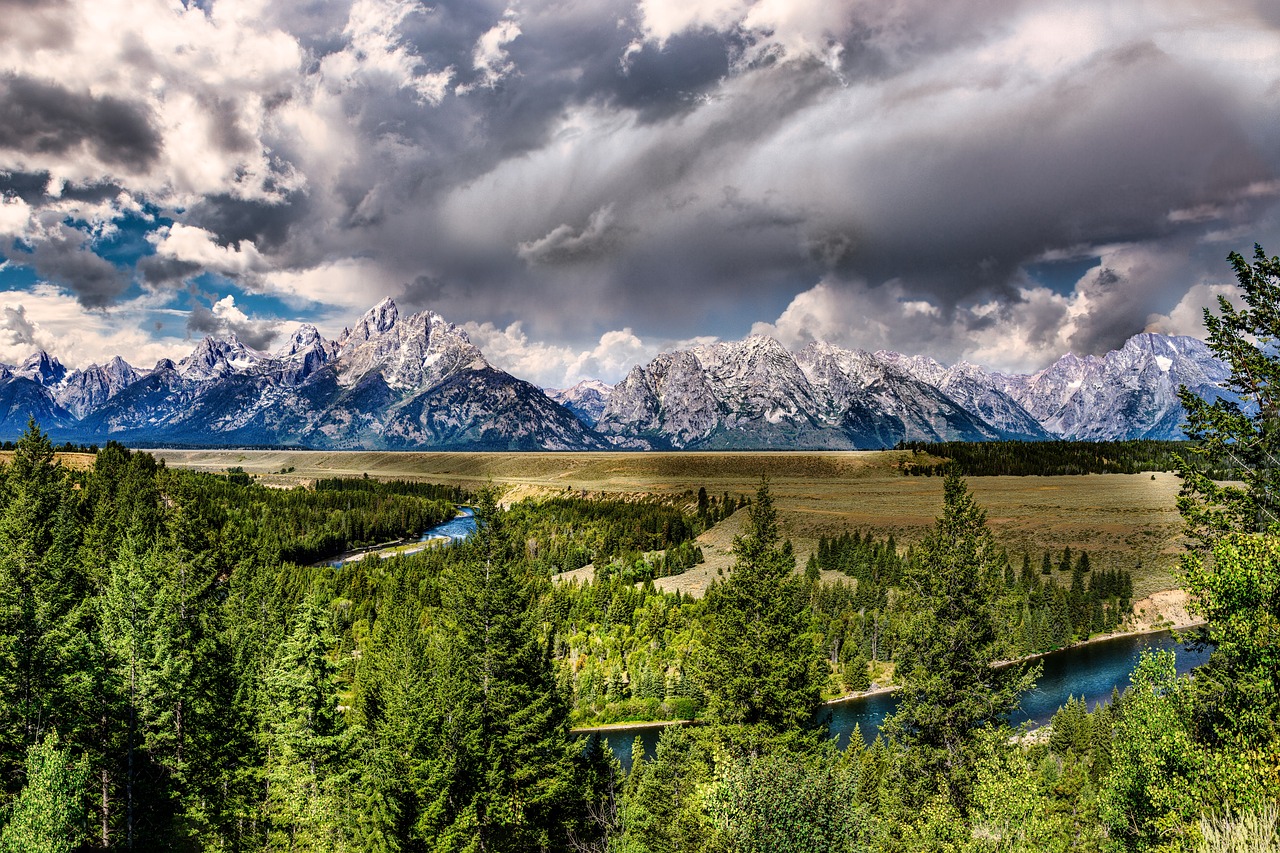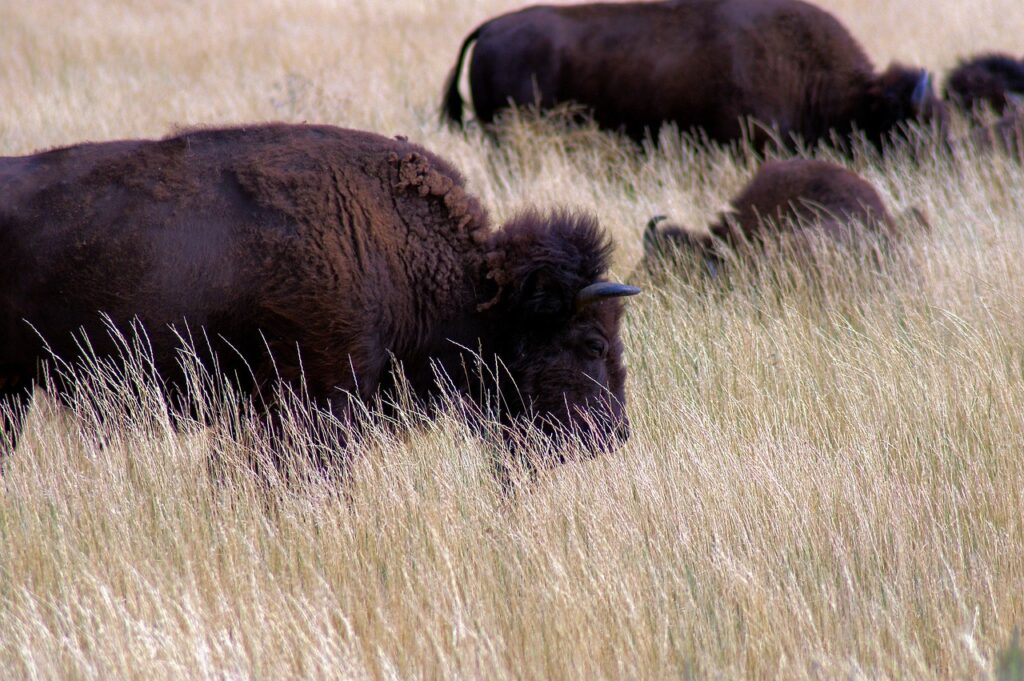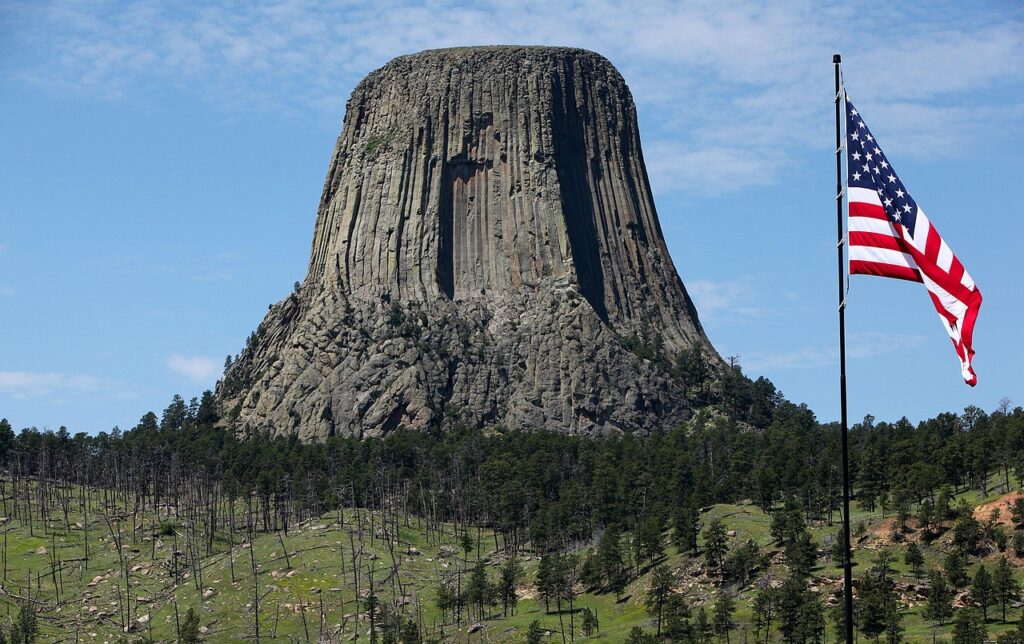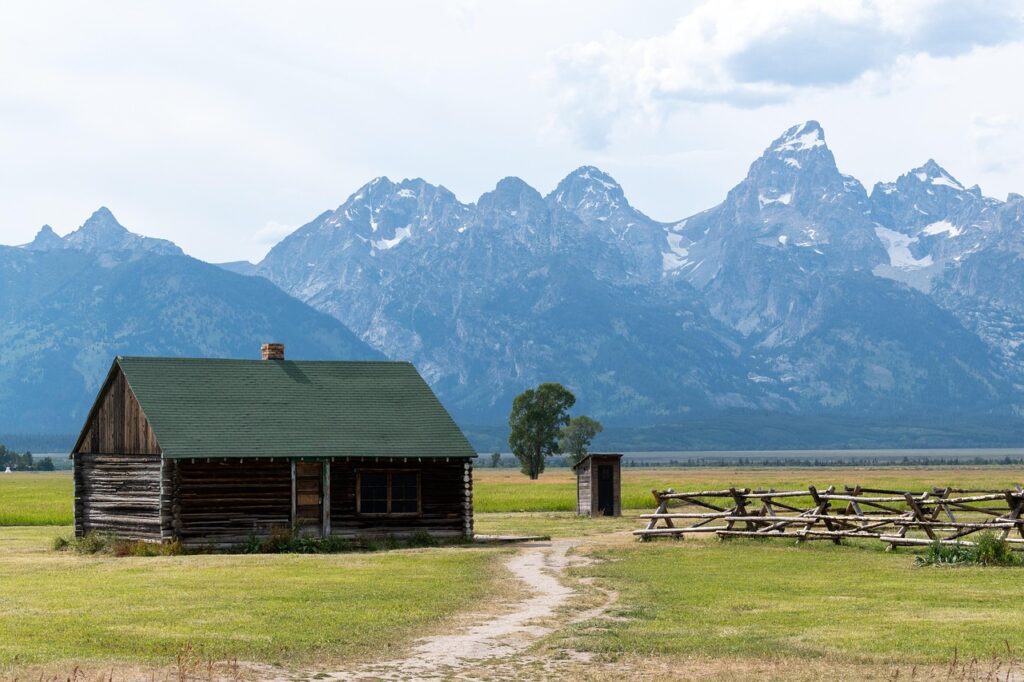
August always feels like the warm-up act before the main event. It’s not quite fall, but you can sense it coming—and for me, that brings a whole lot of excitement… and a little chaos if I’m not careful. Between gearing up for our annual vacation, preparing for a busy season in my business, and counting down to my favorite time of year, it’s easy to get swept up in the rush. That’s why I make a conscious effort to stay grounded all month long.
Antsy Energy and What I Do With It
I always get a little antsy in August. There’s a hum of anticipation in the air. Our vacation is right around the corner, and while I absolutely love getting away, prepping for it can be overwhelming. A week away from work and real life means I’ve got to plan ahead—not just packing, but making sure orders are done, blog posts are scheduled, and everything is squared away for when we’re gone.
To keep from spiraling, I’ve started turning that nervous energy into action. I make a running list of everything I need to handle before vacation—personal and business. Then, I break it down week by week so it’s not all sitting on my shoulders at once. It’s not a fancy system, just a notebook and a highlighter, but it works like a charm.
Creating Space to Breathe
One thing I’ve learned over the years is that staying grounded doesn’t mean you have to slow everything down—it just means you need to give yourself space to breathe. I build little pockets of calm into my day, especially in August when things start to feel stacked.
Some mornings, I’ll light one of my own wax melts, put on some music, and just sit for a few minutes before I dive into the day. It sounds small, but it reminds me why I do what I do—and it makes everything feel a little less rushed.
I also get outside as often as I can. Even if it’s just a walk around the block or sitting on the back porch with a cold drink, being in the fresh air always recenters me.
Grounding Myself Through Routine
Because this month gets so hectic, I stick to a strong daily routine. I wake up at 5 a.m., pack my husband’s lunch, and take him to work. That’s been our rhythm for the last year and keeping that going helps me feel balanced no matter what else is happening. After that, I get started on work early, which leaves a little breathing room later in the day for whatever August decides to throw at me.
I also go to bed earlier in August than I do in other months. I know what’s ahead—September is full of momentum, then the holidays roll in hard and fast. Rest now means energy later.
Why This Month Matters So Much
August isn’t just about getting ready for vacation. It also kicks off one of the most meaningful stretches of the year for me. My birthday and our anniversary both land in this season, and every year, I take a little time to reflect on what I’m grateful for. That helps ground me in a big way.
And then there’s fall. Y’all know how much I love it. The cooler weather, the decorations, the food, the family time—everything. August is the doorway to all of that. When I get overwhelmed, I remind myself that I’m walking toward my favorite time of the year. That little reminder is sometimes all I need to calm my nerves and stay focused on the moment.
Staying Present, Even When I’m Planning Ahead
It’s tempting to live in the future when you’ve got big plans coming up. But I’ve learned the hard way that if I don’t slow down and stay present, I miss the sweet little things happening right now. The summer sunsets, the slow Saturdays, the final pool days—they all matter, too.
So I keep myself grounded by soaking up these last bits of summer even as I prepare for what’s ahead. I savor the messy middle. I stay in the moment. And I remind myself: there’s no need to rush what’s coming. It’ll get here soon enough.
Lisa Crow contributed to this article. She is a true crime junkie and lifestyle blogger based in Waco, Texas. Lisa is the Head of Content at Gigi’s Ramblings and Southern Bred True Crime Junkie. She spends her free time traveling when she can and making memories with her large family which consists of six children and fifteen grandchildren.
